Personalized Advertising with AI: Smarter Targeting, Better Conversions

Personalized advertising tailors marketing messages to individual consumers based on their preferences, behaviors, and demographics. This approach is crucial in today’s competitive market as it enhances customer engagement by delivering relevant, timely content. Artificial intelligence (AI) has revolutionized this process by analyzing vast datasets to predict user behavior, enabling precise targeting and dynamic content personalization. Businesses leveraging AI for personalized advertising benefit from smarter targeting, leading to higher conversion rates and improved return on investment (ROI). Additionally, tools like AI video editors can further customize visual content, ensuring ads resonate deeply with specific audiences while maintaining efficiency and scalability.
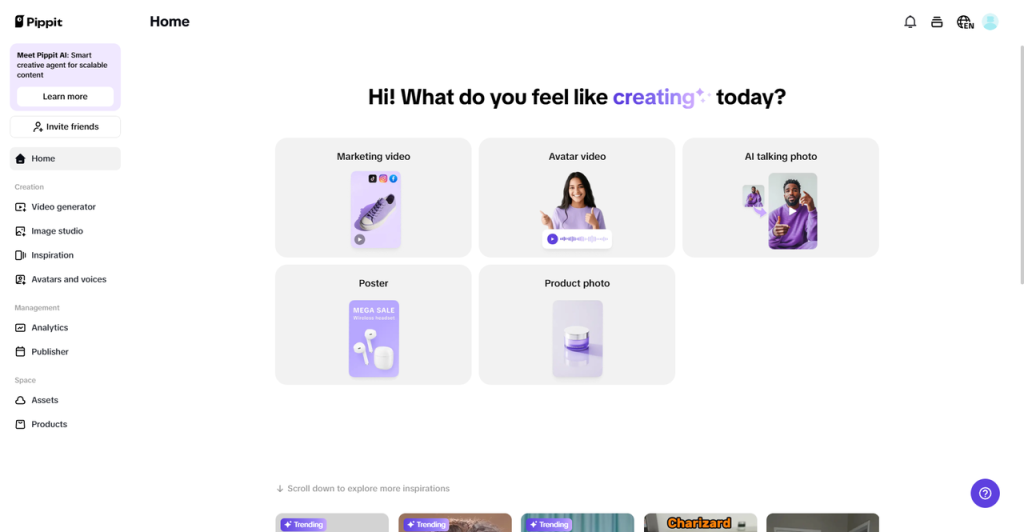
The power of AI in more intelligent targeting
In today’s digital landscape, AI plays a pivotal role in enhancing the effectiveness of advertising by enabling smarter targeting strategies. This involves leveraging AI’s capabilities in data collection and analysis, customer segmentation, and predictive analytics to deliver personalized and impactful marketing campaigns. By harnessing these technologies, businesses can significantly improve their ad performance, reduce costs, and increase conversions.
A. Data collection and analysis
AI systems are designed to collect and process vast amounts of data from diverse sources, including browsing history, purchase behavior, and social media activity. This data is then analyzed using machine learning algorithms to uncover patterns and insights that might elude human analysts. For instance, AI can identify correlations between user behavior and specific marketing messages, allowing for more precise targeting and personalization of ads. By automating data collection and analysis, AI reduces the complexity and time required for manual data processing, enabling real-time decision-making and campaign optimization. Additionally, tools like video trimmers can help in creating concise, engaging video content that aligns with these insights, further enhancing ad effectiveness.
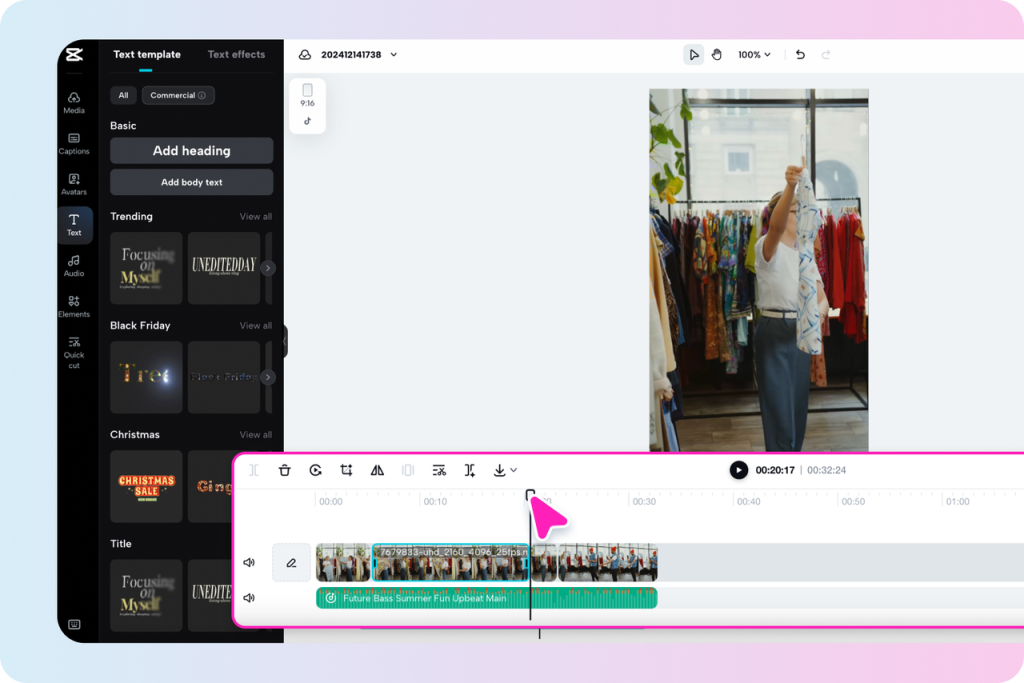
B. Customer segmentation
AI algorithms can segment audiences into highly granular groups based on demographics, psychographics, and behavior. This segmentation is dynamic, meaning it adapts in real-time as new data becomes available, ensuring that marketing efforts remain aligned with evolving consumer preferences. The advantages of dynamic segmentation include the ability to tailor marketing messages to specific audience segments, enhancing engagement and conversion rates. Additionally, AI can delve into psychographic aspects, such as personality traits and values, to craft resonant messaging and offers.
C. Predictive analytics
Ai uses predictive modeling to forecast customer behavior, identify potential leads and optimize ad campaigns accordingly. By analyzing historical and real-time data, AI algorithms can predict which users are most likely to convert, allowing marketers to focus their efforts on high-value targets. This predictive capability helps in personalizing marketing campaigns, ensuring that the right message reaches the right audience at the right time, thereby maximizing ROI and improving overall campaign effectiveness.
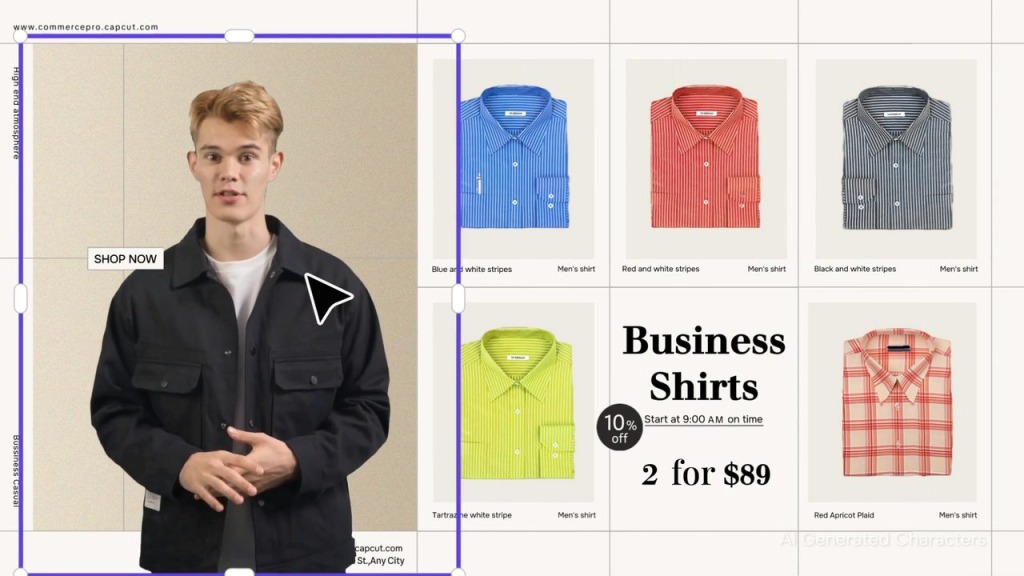
Enhancing conversions with AI-driven personalization
AI-driven personalization is transforming advertising by delivering targeted and engaging experiences that resonate with individual users. This approach enhances customer satisfaction, boosts conversions, and increases return on investment (ROI). Here’s how AI-driven personalization enhances conversions through dynamic content optimization, personalized product recommendations, and optimized bidding strategies.
A. Dynamic content optimization
Ai automatically tailors ad content, such as headlines and images, to match individual user preferences. Machine learning algorithms continuously test and optimize ad creatives based on real-time user interactions, maximizing engagement and conversions. By leveraging ai, businesses ensure their ads are relevant and impactful, leading to higher click-through rates and conversion rates.
B. Personalized product recommendations
AI algorithms analyze user data to suggest relevant products or services, significantly increasing click-through rates and sales. Personalized recommendations enhance the shopping experience and drive sales by presenting users with items that align closely with their interests and needs. This targeted approach fosters customer loyalty and reduces the likelihood of irrelevant offers.
C. Optimized bidding strategies
AI-powered bidding tools adjust bids based on real-time data and predicted conversion rates, maximizing ROI by focusing on high-intent users. Algorithmic bidding reduces wasted spending by avoiding low-value impressions, allowing marketers to allocate resources more efficiently. By leveraging AI in bidding strategies, businesses ensure their advertising efforts are highly targeted and cost-effective, leading to improved campaign performance and increased conversions. Additionally, tools like video cutters can help optimize video content for these targeted ads, further enhancing engagement and conversion rates.
Challenges and considerations
Implementing AI in personalized advertising presents several challenges that businesses must address.
- Data privacy and security: Protecting user data and complying with privacy regulations like GDPR and CCPA is crucial. Transparency and user consent are essential, ensuring users know how their data is used. Robust security measures, such as encryption, are vital to prevent data breaches.
- Ethical concerns: AI-driven advertising raises ethical concerns like bias and manipulation. Businesses must ensure AI systems are fair and transparent, avoiding biased data and providing clear information about data use. Responsible AI practices are key to maintaining trust and integrity.
- Implementation complexity: Integrating AI into existing workflows can be complex due to data quality issues and the need for specialized skills. Partnering with AI vendors and investing in employee training can help overcome these challenges. Starting with pilot projects can also mitigate risks and build confidence in AI-driven strategies.
How to make a personalized advertising video with Pippit powered by CapCut
Step 1: Add a product link or upload media
Sign up for a free Pippit powered by CapCut account and enter its main interface. Navigate to the “Video Generator” panel. Here, you can either paste a product link or upload media such as images and videos. The AI extracts essential product details, including names and features, while the “Auto Enhance” option optimizes visuals. Customize your video further through “Advanced Settings,” where you can modify scripts, avatars, voiceovers, and aspect ratios. Incorporate AI-suggested stock assets to enhance your content before clicking “Confirm” and then “Generate.”
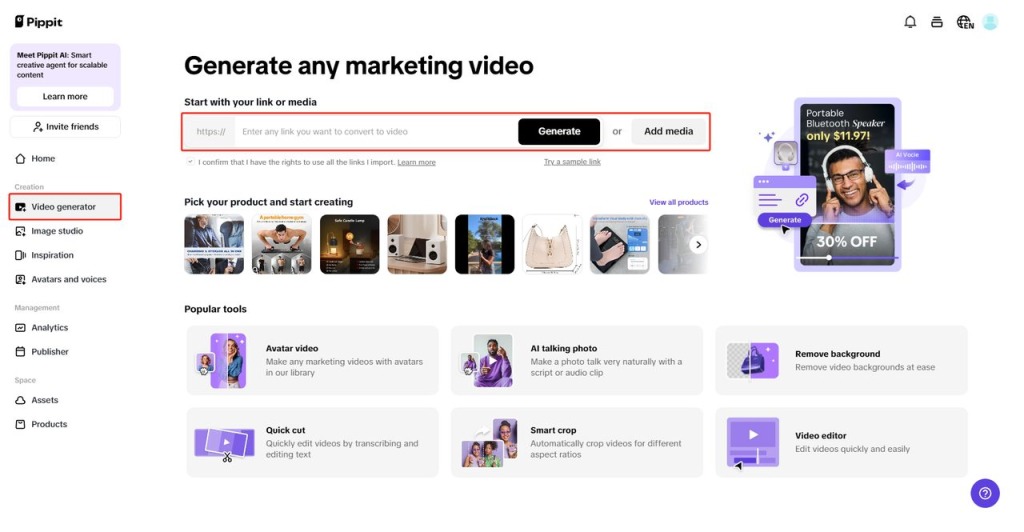
Step 2: Create AI videos in clicks
After generating your video, explore various theme-based categories like product highlights and TikTok trends. Hover over a template and select “Quick Edit” for easy customization. In the editing panel, adjust scripts, avatars, voice settings, text, and font styles to align with your vision. For more advanced editing options, click “Edit More” to modify the aspect ratio, add elements, insert stock images, include background music, and fine-tune playback settings.
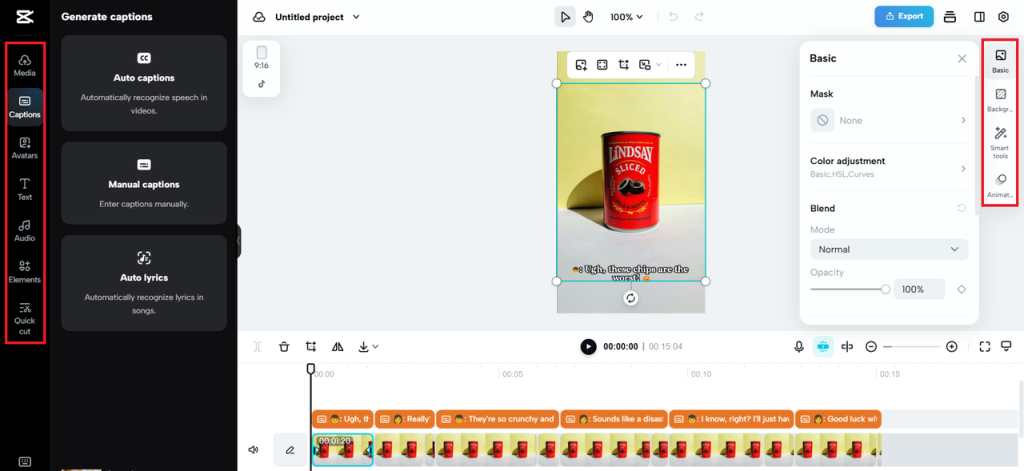
Step 3: Export your video
Once satisfied with your AI video, click the “Export” button in the top right corner. You can either “Publish” directly to social media platforms or “Download” it to your computer. If downloading, choose your preferred resolution, quality settings, frame rate, and format to ensure optimal viewing across different platforms.
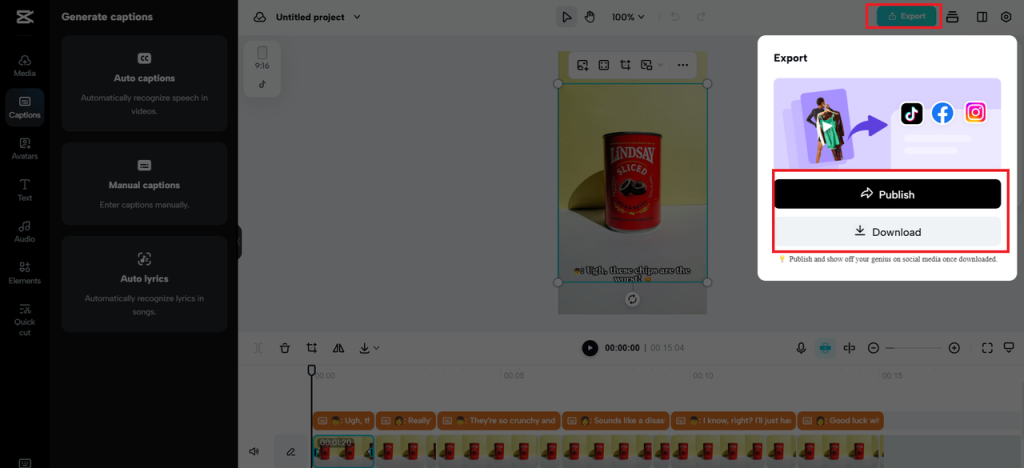
Conclusion
In conclusion, AI-driven personalized advertising has revolutionized the marketing landscape by offering more intelligent targeting, better conversions, and improved ROI. By leveraging AI in data analysis, customer segmentation, and predictive analytics, businesses can create highly effective and personalized campaigns. However, challenges such as data privacy and ethical considerations must be addressed. Tools like Pippit powered by CapCut further enhance this process by simplifying the creation of personalized video ads. Overall, embracing AI in advertising can lead to more engaging and successful marketing strategies.
Last Updated: April 23, 2025











